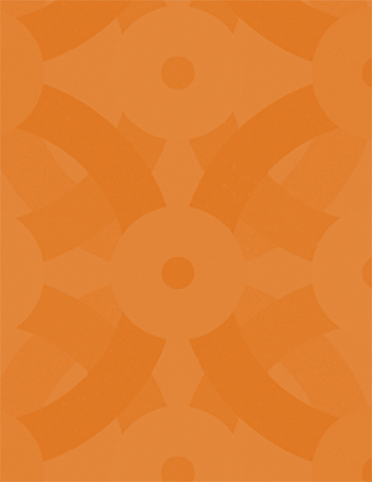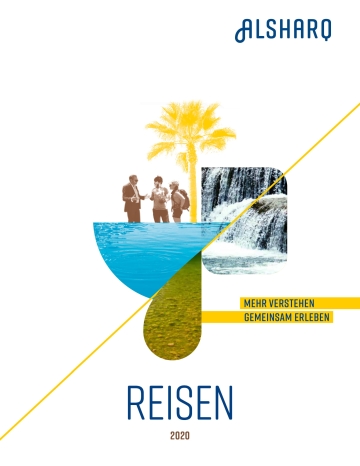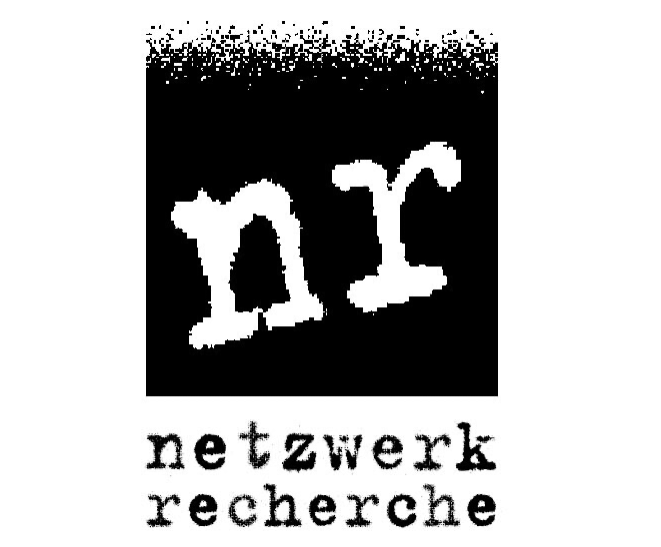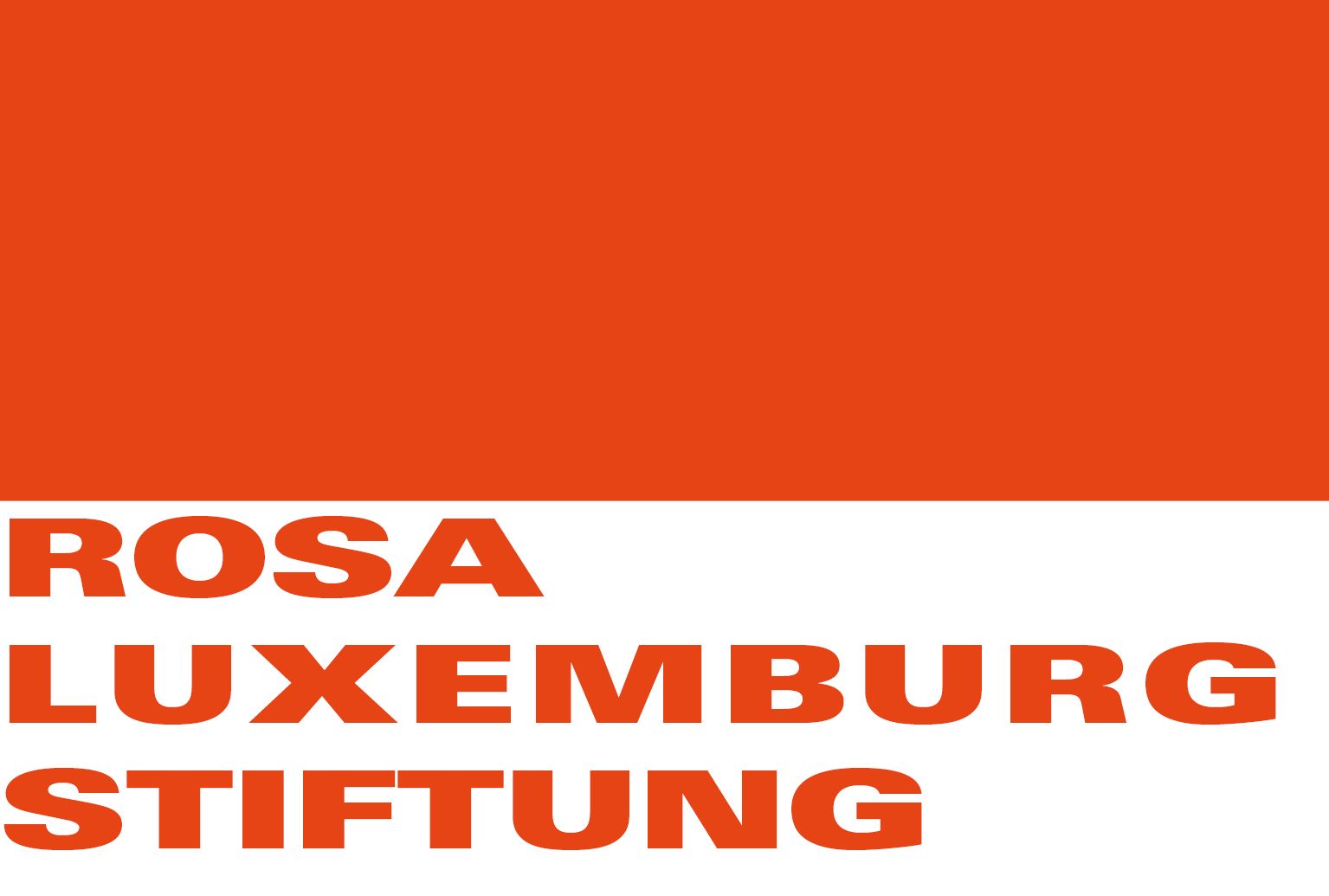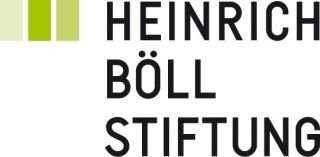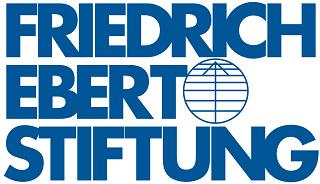How to grapple with rising numbers of bearded men among the fighters in the Syrian Revolution? Alsharq met the political scientist Thomas Pierret to discuss whether this is more than only a "rebellious Salafi style". Part II of the interview by Ansar Jasim. Read part I of the interview here.
Alsharq: How can we grasp the political engagement of Salafis in the Revolution today? How far do we have to go back for understanding the politization - when taking a narrow understanding of politics - of the Salafi current in Syria?
Thomas Pierret: Actually a politization was there from the very start. Consider the strong Salafi wing of the Muslim Brothers. One of the members of the Muslim Brothers was Muhammad Sourour al Zein al-Abidin. He merged the Muslim Brothers´ interests in politics with the Salafi creed. He is a kind of founding father of what you call today the Sahwa in Saudi-Arabia, a kind of oppositional trend in the early 1990s. So politization is really not new.
Do we have to call it radicalization then?
Jihadism, that is the belief in armed struggle as a means to bring about a just Islamic political order. It emerged in Hama in the 1960s among people who had no Salafi background. So one has to distinguish between Salafism and Jihadism. In Syria it did not start in a Salafi context at all. One has only to look at the founding father of the armed groups in Syria, Marwan Hadid, who was the student of a Sufi Sheikh in Hama. So it is not about Salafism. Syrian Salafism and Jihadism really started to meet in Afghanistan. That´s when you had people like Abu Mus`ab As-Suri appearing, who is a major ideologue of global Jihad. He was in Syria, he was part of the armed groups in the 1980s. Then he left for Jordan and started a career as an “Afghan Arab”. The “Afghan Arabs” were mostly Salafis, also for the reason that they had close connections to Saudi Arabia. That´s why you have the generation of Syrian Salafi-Jihadism emerging. This of course expended later with the war in Iraq.
As you just said, we have to distinguish between Salafism and Jihadism. However, even adherents of the “Salafiyya `Ilmiyya” - that refuses violence - armed themselves to take part in the Syrian uprising. Is that due to state repression or how has this phenomenon developed? And how likely is it that these groups will give up arms after the fall of the regime?
That is the problem: what does “the Jihadi” mean in a context where everybody is in arms? Before the revolution, Syrian Salafi-Jihadis were very few people that tried to sneak into Iraq or maybe carry out attacks in Syria. This happened rarely and the people involved were mostly dodgy ones, probably made up by the regime. But then, after 2011, it changed completely. It is just that everybody is getting armed.
For example, the Jama´at al-Tabligh wal-Da´wa,a non-Salafi organization-have certain rules and focus mainly on mission. Their first rule is: don´t get involved in politics. Explicitly they see their duty in Da´wa -missionary work- and politics is seen as detrimental to it. The more you do politics, the less you will be able to attract people to Islam, that is the basic idea. But now even many of their followers have become fighters. The leader of Liwa al-Tauhid, the largest armed group in Aleppo, is an active member of Tabligh. He even went to Bangladesh at one point to get some training, he is really a former missionary. But this has to be understood in the context of this massive popular mobilization.
However, Tablighis are no Salafis, in terms of the Salafiyya `Ilmiyya, who are getting armed. I would say the way you can distinguish them from the Salafi-Jihadis in that context, is that they consider that armed struggle is something that aims to topple the regime and afterwards things should get back to normal. You should not use your weapons once the regime has fallen. Whereas Jabhat al-Nusra and this new organization, the Islamic State of Iraq and Syria, regard it as part of their creed to fight an armed struggle until you have an Islamic state.
What do you think is the main constituency of these Salafi groups? Is their growth connected to the neoliberal reformism in Syria and the retreat of the welfare state that gave space to the development of Islamist groups that provided goods for the population?
I do not think so. Before 2011, Salafis were not providing any welfare, simply because they were persecuted. There were just some small study groups, meeting secretly. The Islamic charities that were expanding over the last couple of years were run by mainstream `Ulama (intellectuals), who were often anti-Salafi. Hence the Salafis were not providing anything.
It seems like the strongholds of Salafis, if one can even call it that, because they were really vulnerable, were rather located in the periphery, e.g. in Duma (Rif Damascus), in suburbs and other mainly rural areas. This was sometimes simply due to migration to the Gulf: people got in contact there with Salafi thought and then returned. Maybe it was also connected to some sense of marginalization, estrangement from the state, but also from the religious establishment. The religious establishment was very much an urban thing.
I think some people were attracted to Salafi discourse as a way of challenging the dominance of the establishment. This is also why it was attractive to some liberal Islamists who said they prefer the Salafism because of their antipathy for mainstream scholars who have been working with the regime. Even though they would not agree with all the things the Salafis were bringing forward.
The “rebellious Salafi style” is a phenomenon that can be observed throughout the revolution. It seems like people display themselves as Salafis even though they do not adhere to any Salafi creed. Did the pre-uprising practice of the regime to randomly take young men that had a beard into custody and then to accuse them of being Salafis play into the connotation of the “Salafi style” with the general idea of a dissident stance?
To a certain extent yes. There are two issues we have to mention here. It is true that, when you are confronted with a regime that uses an unspeakable amount of violence against you, and you know that what this regime hates the most are Salafists, you might be tempted to take on their style. Salafists were the most 'opposite' thing. I do not say that the conflict is necessarily sectarian. But I think it is true that the Salafis have been the major producer of sectarian discourse.
This was not necessarily Syrian Salafis. The anti-Shiite discourse is predominantly a Saudi genre. So when you oppose the regime - with or without a sectarian or anti-Alawite state of mind - of course Salafism is appealing also because it is exactly the opposite of what your enemy is. Whether these people strictly follow Salafi rules depends. Maybe at the start this was a bit superficial, like as you suggested “a style” or “a fashion”. Maybe also in the sense that some groups claimed to be Salafis in order to attract funding. I heard cases of “Ahrar al-Sham”, which is now one of the most powerful Salafi groups in Syria. No doubt that the leader is a strict Salafi, and the people who funded him. But I heard at first they recruited many villagers who had nothing at all to do with Salafism but would claim to be Salafis because that is the way to get good money. Especially from Kuwait. But then these financiers from the Gulf are not cynical. They want to fund real Salafis because they believe in it. So they would promote it, they would send Salafi material to Syria. So we have groups who started to distribute Salafi books or setting up small Islamic schools teaching a Salafi interpretation of Islam.
This is related to the fact that until late 2012 funding for militant groups was predominantly private. The earlier Saudi funding was mainly private. It seems nobody is able to match their fundraising capacities. I mean the Muslim Brothers look comparatively weak because the main pool of money that is available in the region is in the Gulf and amongst Salafi networks. In comparison, the Muslim Brothers do not receive much money. These aspectscontributed to making groups in Syria increasingly Salafi.
The imageries of these Salafi groups have always a clear reference to the Syrian state as a state in its contemporary borders. Is this their political imaginary?
Here again it depends on the group. I would say that some of them clearly reject a Syrian state, Jabhat al-Nusra for instance. However, now you even have a split within the organization. And the reason for that is the group I mentionedearlier, the “Islamic state in Iraq”, which says “we are an Iraqi-Syrian organization. And we don´t recognize that border.” Then you have al-Jolani, the leader of Jabhat al-Nusra, who says: “no we are a Syrian organization. We are not part of the Islamic state.” Then you also have Al-Zawahiri, who eventually said: “you should stay separate.” Then the leader of the “Islamic state in Iraq” replied: “no, Al-Zawahiri why do you buy into the rhetoric of the Sykes-Picot agreement?” In the end, this issue really divides the organization.
Of course all this is all about tactical thinking. I assume neither al-Jolani nor Al-Zawahiri think that there should be borders between the two countries. Other groups, I would suggest, have a more genuine commitment to the Syrian state, even if only for having an agenda. Of course many people in the region think that the borders of the Sykes-Picot agreement should be removed. That is what Baathism is about, first of all. But the thing we are talking about now are the boundaries of armed struggle. For al-Qaeda-related groups, armed struggle started before 2011 and outside of Syria, and it will continue in other places of the world after the Syrian regime falls. Al-Qaeda is a global organization.
This of course only concerns the Jihadi groups?
Yes. On the other hand, we also have other Salafi groups which are very clear about the fact that this is a Syrian matter. Among them Liwa al Islam, which is a really powerful group in eastern Damascus. These groups in a way make the struggle more acceptable in the eyes of Saudi Arabia, which is very afraid of Salafi-Jihadis. They had a Salafi-Jihadi insurgency ten years ago. They want people to fight Assad, with no ambitions to export Jihad to other states in the region.
What role does the flag play here? I am thinking of flags that have currency right now, the so called Istiqlal-flag (Independence-flag) for example, used by the opposition. Or some black or white flags of Islamist groups.
If you think of a group like Suqour al-Sham, look at their logo: until a few months ago, they had a Syrian flag on it. The new logo does no longer show this flag. Nonetheless, they still make it clear that Jihad is a Syrian matter. They know pretty well that if you do not make that clear, you will end up on the list of terrorist groups in the USA.
Ahrar al-Sham was more ambiguous. Their ideologue is Abu Basir al-Tartousi. He is an ideologue of Jihadism but when the revolution started, he immediately adopted a more mainstream discourse. At first he even was supportive of the “Free Syrian Army” (FSA) and even said: “Don´t join Jabhat al-Nusra and these kind of dodgy organizations, there is a popular insurgency, let´s support it. They display a Syrian flag? Well, that´s not a problem.” I think he eventually became the ideologue of the Syrian Islamic front, this association of Ahrar al-Sham and other groups. Mostly because the FSA did not enjoy much support to start with. So it was not that successful and it was also divided between Qatar and Saudi Arabia. Besides that, you had these successful groups like Ahrar al-Sham getting a lot of money and growing very rapidly. So he followed the leading groups and he took care not to follow the al-Qaida guys. Because he wanted to remain some kind of mainstream.
Are you optimistic or pessimistic about the development of the role these groups might play in a future “liberated” Syria? I ask this having in mind the situation in some of "liberated" cities, where some of these groups play an increasingly problematic role that actually triggers new protests of the local populations. More provocative: Can there really be a Free Syria with these groups?
I hate generalizations. The situation in certain parts of Syria is worrying, in certain parts of the provinces of Deir az-Zor and Raqqa for example. It is hard to tell why, but I guess there are certain factors that can limit the expansion of these groups: the strength of civil society for example. I do not want to imply that civil society is necessarily secular. In Syria certainly most is rather religious and conservative. However, some of my very religious conservative friends in Aleppo are really uncomfortable with the emergence of the “Islamic state of Syria and Iraq,” which killed a kid who said something they considered blasphemy. I think in places like Aleppo there has been a very strong civilian revolutionary movement, but also an armed movement consisting of diverse groups.
In Daraa I think radical Salafis haven´t even find support amongst the local population.
This was true until recently, now it is changing. It was the part of Syria where radical Salafis were the weakest. And I think this was related largely to the fact that other groups like the historical Free Syrian Army, the defected officers, were getting a lot of support from Saudi Arabia. Because as I mentioned earlier, they mostly supported these non-radical Salafis. And they would even tend to favor defector officers. At the moment, however, Salafis are on the rise in the province, among other reasons because they have been able to exploit recent military setbacks suffered by pro-Saudi groups.
Thank you for the interview and your time.
Dr Thomas Pierret is a Lecturer in Contemporary Islam, Department of Islamic and Middle Eastern Studies, University of Edinburgh.
His latest publication: Religion and State in Syria. The Sunni Ulama from Coup to Revolution (Cambridge University Press, 2013).


